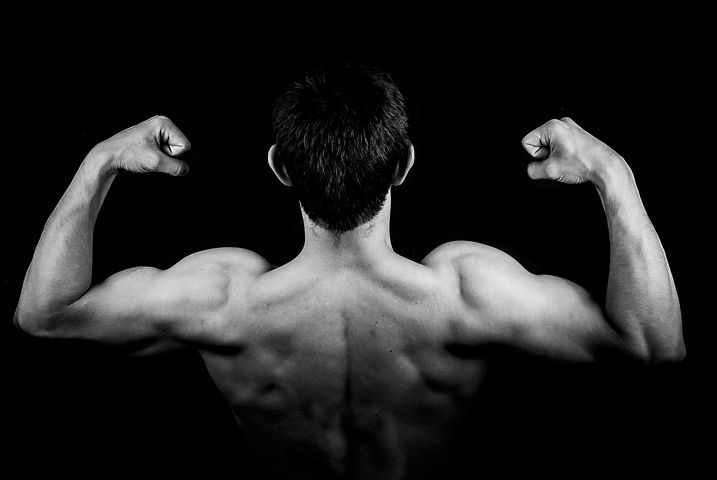Embarking on a journey to understand the intricacies of the human body is no easy feat. One of the key players in our musculoskeletal system is the gracilis muscle. As we delve into the world of the gracilis muscle, let us explore its importance, the role it plays in our daily lives, and the potential impact of injury or dysfunction on our overall well-being.
A Brief Anatomy of the Gracilis Muscle
The gracilis muscle is a long, slender muscle located in the medial compartment of the thigh. It is one of the five muscles that make up the adductor group, which plays a vital role in stabilizing the hip joint and moving the leg toward the midline of the body. This muscle originates from the pubic bone and extends downward to insert the medial side of the tibia, just below the knee joint. It is the most superficial of the adductor muscles, making it relatively easy to palpate and identify.
The Role of the Gracilis Muscle in Movement
As an essential member of the adductor group, the gracilis muscle plays a vital role in a variety of movements. Its primary function is to adduct the thigh, which involves bringing the leg closer to the midline of the body. This action is crucial in everyday activities, such as walking, running, and maintaining balance while standing. Additionally, the gracilis muscle assists with the flexion of the knee joint and medial rotation of the tibia when the knee is flexed. These combined actions contribute to a smooth, coordinated gait and overall stability.
The Gracilis Muscle and Sports Performance
Athletes across various disciplines rely on the optimal function of the gracilis muscle for peak performance. Soccer players, for example, utilize the muscle’s adduction capabilities when striking the ball or changing direction on the field. Similarly, dancers rely on the gracilis muscle to maintain balance and execute precise movements, such as turns and leaps. Martial artists also depend on the muscle for powerful and controlled leg movements, which are integral to their discipline. In essence, the gracilis muscle plays a crucial role in sports performance and can have a significant impact on an athlete’s success.
Common Injuries and Conditions Affecting the Gracilis Muscle
The gracilis muscle can be susceptible to a range of injuries and conditions, which may manifest as pain, discomfort, or dysfunction. Some common issues include muscle strains, tendinitis, and contusions. Muscle strains are often the result of overstretching or overuse, while tendinitis can develop from repetitive stress on the muscle’s tendinous insertion. Contusions, or bruises, can occur due to direct trauma to the muscle. Additionally, nerve entrapment syndromes, such as obturator nerve entrapment, can lead to gracilis muscle pain and weakness in the muscle and surrounding areas.
Rehabilitation and Strengthening Techniques for the Gracilis Muscle
Proper rehabilitation and strengthening of the gracilis muscle are essential for injury recovery and prevention. Physical therapists may utilize techniques such as massage, stretching, and strengthening exercises to target the muscle and improve its function. Some effective exercises for the gracilis muscle include side-lying leg lifts, seated adductor squeezes, and standing hip adduction with resistance bands. By incorporating these exercises into a regular training routine, individuals can improve the strength, flexibility, and overall health of the gracilis muscle.
The Connection Between the Gracilis Muscle and Posture
An often-overlooked aspect of the gracilis muscle is its contribution to maintaining proper posture. As the muscle works to stabilize the hip joint and maintain balance, it also plays a role in supporting the alignment of the lower extremities and pelvis. Weakness or dysfunction in the gracilis muscle can lead to postural imbalances, such as pelvic tilt or abnormal gait patterns, which may contribute to pain and discomfort in other areas of the body. Addressing the underlying issues within the gracilis muscle and working to strengthen it can positively impact one’s overall posture and well-being.
The Gracilis Muscle in the Context of the Entire Adductor Group
While the gracilis muscle plays a significant role in movement and stability, it is important to recognize that it is only one component of the larger adductor group. This group, which also includes the adductor longus, adductor brevis, adductor magnus, and pectineus muscles, works synergistically to facilitate smooth and coordinated movement. Ensuring the health and function of the entire adductor group is essential to optimize performance and prevent injury.
Final Thoughts
Embarking on a closer examination of the gracilis muscle has led us to a deeper appreciation of the intricate choreography of our musculoskeletal system. Like a delicate thread woven into the complex tapestry of our body, the gracilis muscle plays its part in the harmonious dance of movement and stability. It reminds us that even the slenderest of muscles can have a profound impact on our daily lives, sports performance, and overall well-being.
In conclusion, the gracilis muscle is a vital component of the human body, serving as both a stabilizer and mover within the adductor group. From enabling athletes to reach new heights to support proper posture, the gracilis muscle’s significance cannot be overstated. By understanding its function, addressing potential injuries, and maintaining its health, we can ensure a more balanced and efficient body. So, the next time you take a step or execute a graceful turn, take a moment to appreciate the hidden hero that is the gracilis muscle.
Published by HOLR Magazine.


